Although public opinion rarely determines the specifics of U. S. foreign policy, it typically defines the zone within which policies with public visibility can be sustained over time. Recent survey research has underscored a shift in Americans’ attitudes towards China that is far-reaching enough to sustain the most adversarial stance toward the Middle Kingdom since the Nixon administration’s opening of relations half a century ago.
On March 16, a Gallup poll (“New High in Perceptions of China as the U.S.’s Greatest Enemy”) found:
- The share of Americans who see China as our greatest enemy has doubled in the past year, from 22% to 45%.
- Although an October 2020 Pew Research Center poll found that 64% of Americans disapprove of China’s handling of the COVID-19 pandemic, fears triggered by China’s economic rise are key to shifts in public opinion. Sixty-three percent of Americans now see China’s economic power as a “critical threat,” up from 40% in 2018 and 46% in 2019.
- The fears engendered by China’s economic rise span the political spectrum. Eighty-one percent of Republicans, 59% of Independents, and 56% of Democrats now see this as a critical threat, up from 54% of Republicans, 47% of Independents, and 37% of Democrats in 2019.
- These fears also pervade the ideological spectrum. Seventy-seven percent of conservatives, 56% of moderates, and 54% of liberals now see China’s economic rise as a critical threat.
A March 4 report from the Pew Research Center confirms and expands Gallup’s findings. Specifically:
- Sixty-seven percent of Americans now have negative views toward China, up from 46% in 2018. This rising disapproval is politically broad-based — 22 percentage points among Republicans, 23 points among Democrats.
- Eighty-nine percent of Americans now consider China to be a competitor or enemy. A majority of Democrats see China as the former, while a majority of Republicans opt for the latter.
- Strong majorities now perceive threats from China across a broad range, from cyberattacks and China’s rising military and technological power to human rights and the loss of U.S. jobs.
- Forty-eight percent see limiting China’s power and influence as a “top” U.S. foreign policy priority, up from 32% in 2018.
- Fifty-three percent of Americans want to get much tougher with China on its economic policies, and even more — 70% — want the U.S. to confront China over its human rights policy.
In December 2020, the Chicago Council on Global Affairs published a survey-based report that focused on the foreign policy differences between Democrats and Republicans. In this context, the Council found, attitudes toward China emerged as an outlier. Fifty-five percent of Americans — two-thirds of Republicans and nearly half of Democrats — view China’s rise as a critical threat to vital American interests, ranking concerns about China behind only the COVID-19 pandemic and domestic violent extremism. Only 34% of Americans believe that the U.S. government has handled China’s rise effectively.
Given their negative assessment of our past China policy, it is not surprising that Americans across party lines support a range of measures to get tougher. Among the policies enjoying bipartisan support:
- Placing sanctions on Chinese officials responsible for human rights abuses: 86% of respondents overall
- Strengthening relations with our traditional allies in the region and elsewhere rather than with China: 78%
- Prohibiting the sale of high-tech equipment to China: 74%
- Prohibiting Chinese involvement in building U.S. communications networks: 69%
Still, Americans distinguish between tough policy and self-defeating policy. More than seven in 10 continue to support working with China when possible to negotiate arms agreements and abate the threat of climate change.
While the significance of these shifting attitudes is not yet clear, some tentative conclusions do emerge. Although the role of the Trump administration in hardening public attitudes toward China is hard to assess, it is evident that the past five years represent a hinge-moment in U.S. perceptions of Beijing. At the public as well as elite levels, the optimistic assumptions that guided our China policy for more than two decades have lost credibility. Americans no longer believe that China will cooperate with the United States on economics or human rights, and they see a mix of competition and conflict as the principal feature of our relationship.
All things considered, the Biden administration will enjoy substantial public support if it places competition with China at the center of its foreign policy, and it will pay little price for the blunter rhetoric its senior officials employed during the recent meetings in Alaska with their Chinese counterparts. On the other hand, most Americans have not focused on the military dimensions of this emerging relationship and are not prepared for a possible conflict over Taiwan.
In the meantime, the administration would do well to rebuild the diplomatic and economic strength we can deploy in this struggle, including strategic investments in key technologies to counter Xi Jinping’s “Made in China 2025” strategy. As recently as a decade ago, “industrial policy” was anathema to elites in both parties. Along with many other economic issues, they have changed their stance on this matter, and they will enjoy public support if they choose to invest in the technologies that will define the economic and national security competition with China in coming decades.
The Brookings Institution is committed to quality, independence, and impact.
We are supported by a diverse array of funders. In line with our values and policies, each Brookings publication represents the sole views of its author(s).
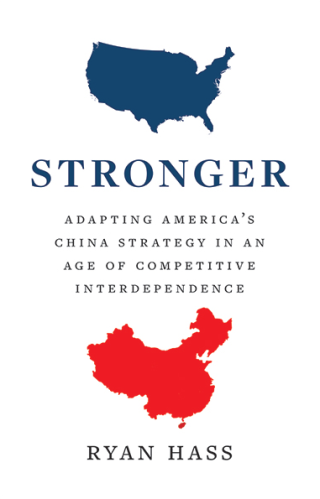
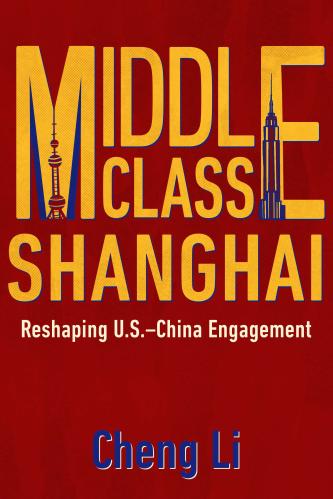
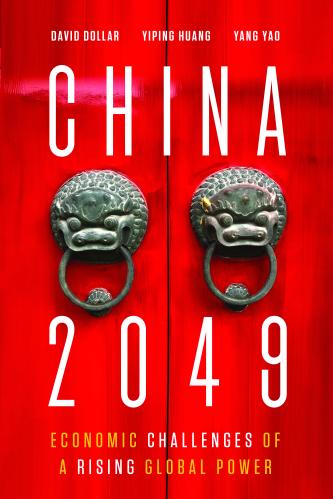
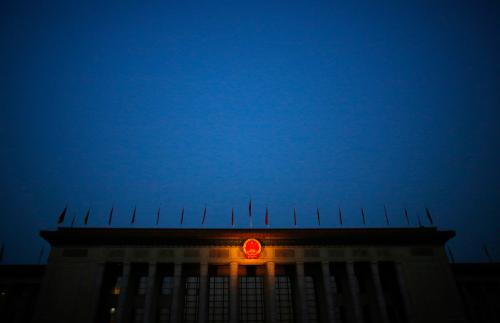
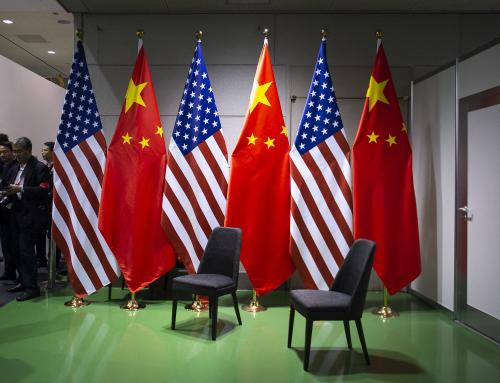




Commentary
A momentous shift in US public attitudes toward China
March 22, 2021